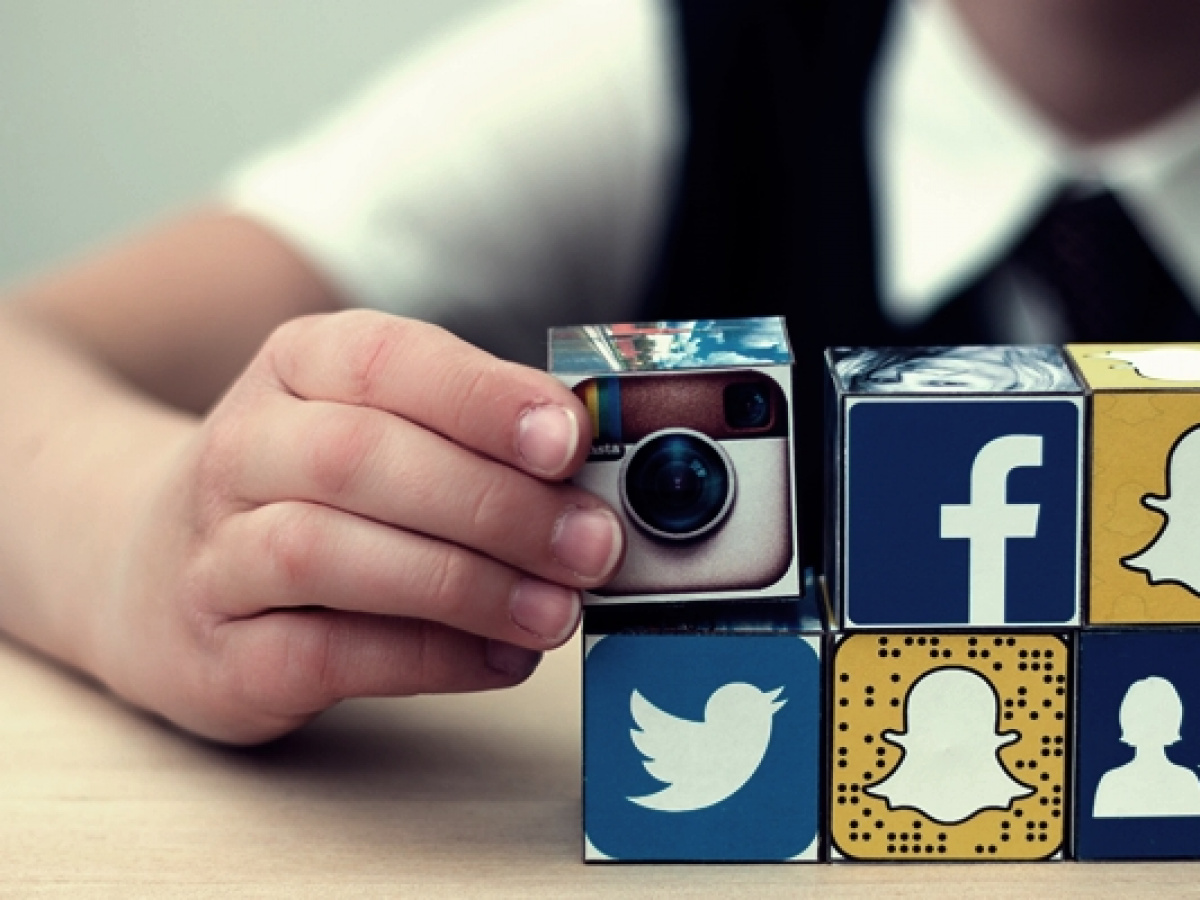As influencer marketing grows up, brands, agencies experiment with new content tools like bots

Influencer marketing is maturing as a business for many marketers and media agencies as they find ways to leverage creator content and gain new audiences.
From using artificial virtual influencers to micro influencers on social media, agencies and brands are realizing they need to strategize and adapt to new ways of using influencer marketing. Experts say there was perhaps more pushback early on about whether social media influencers were a reliable investment.
As Vickie Segar, founder of influencer marketing agency Village Marketing, explained, direct-to-consumer brands were quick to embrace influencers 10 years ago when she started her business. But now Fortune 500 companies are realizing they should have been investing in influencers as well — and are trying to catch up fast. As a result, Segar’s firm was acquired by WPP to join the Wunderman Thompson network earlier this year and expand creator partnerships.
“Direct-to-consumer companies got on board early,” Segar told Digiday. “I do think that there is a correction that’s happening with big brands who are now understanding that they cannot spend $400 million in TV and $300,000 in influencer. That makes no sense to anybody whatsoever.”
In some cases, companies are bumping spending from hundreds of thousands of dollars in influencer marketing to millions, Segar said. “These were [companies] that were like, ‘We weren’t doing this. We should have done it. Now we need to invest,'” Segar added.
The growth in this sector shows there is a bigger appetite in the industry. In 2022, the global influencer market is estimated to hit $16.4 billion, up from $13.8 billion in 2021 and $9.7 billion in 2020, according to Statista. And influencer marketing is becoming a more common marketing tactic, as HubSpot’s 2023 marketing strategy and trends report notes. According to HubSpot’s survey of more than 1,200 global marketers, 89% of marketers currently using influencer marketing will maintain or increase their investment in 2023.
Increasingly, social media and influencer agencies like London-based Goat have expanded this business across markets and approached influencer marketing as a newer form of performance media. The agency said it expects influencer paid media to become the best performing channel in the overall social media strategy. Similarly, holding companies including Publicis have developed creator-led commerce solutions with TikTok and Spotify, because younger consumers prefer this type of influencer content over “scripted sponsorships,” Amy Lanzi, COO of Publicis Commerce, previously told Digiday.
Independent agencies and holding companies alike are refining their influencer strategies to incorporate smaller creators and develop large-scale campaigns. While influencers might be known for large followings, smaller creators, who perhaps have thousands to tens of thousands in followers, can be a gateway to more niche audiences and generate better engagement. More than 56% of marketers investing in influencers are working with micro influencers, per HubSpot.
Micro influencers may also be cheaper and more relatable, added James Creech, svp of strategy at consumer intelligence company Brandwatch. Oftentimes, this type of content works well across social platforms, and brands can generate attention by using several smaller creators. “Well-known influencers are great for generating buzz or increased awareness, but niche content creators can often drive more engagement and action,” Creech added.
Brandwatch’s marketing trends report for 2023 also predicts virtual influencers will be an emerging area of influencer marketing. These virtual influencers are computer-generated characters, or bots, created for social media that interact with users online, whether as part of a service or promotion. In 2022, 35% of American consumers bought a product or service promoted by a virtual influencer, and 40% of them were Gen Z or millennial consumers, according to Brandwatch.
For example, Prada developed a virtual influencer named Candy, named after the fashion giant’s perfume. Clothing brand PacSun also created virtual influencer Lil Miquela to promote its store through the hashtag #pacpartner. Lil Miquela has gained 2.9 million Instagram followers, surpassing PacSun’s main Instagram account, which has 2.7 million followers.
“Fans can feel a strong sense of connection to their favorite characters — think Pokemon, Barbie or Marvel superheroes,” Creech said. “Virtual influencers can help bring some of these iconic characters to life. Fans get a chance to follow virtual influencers’ online content and interact with them via social media comments or livestreams, which helps develop a parasocial relationship and nurture the connection between virtual influencer and fan.”
But influencer marketing is not without its challenges. As Segar mentioned, now more competition over influencers is driving prices up. As larger companies start to adopt influencer marketing, content creators will begin to charge more for their services.
“If you’re a DTC brand, all of these big brand players are coming in and now you have more of a crowded marketplace. You have so much demand on these creators, and these creators are increasing their rates,” Segar said.
